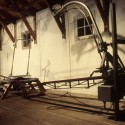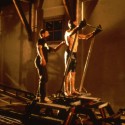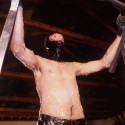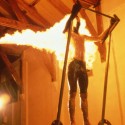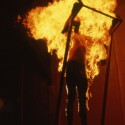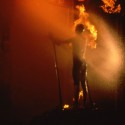14\11\2011
Written by Maxi
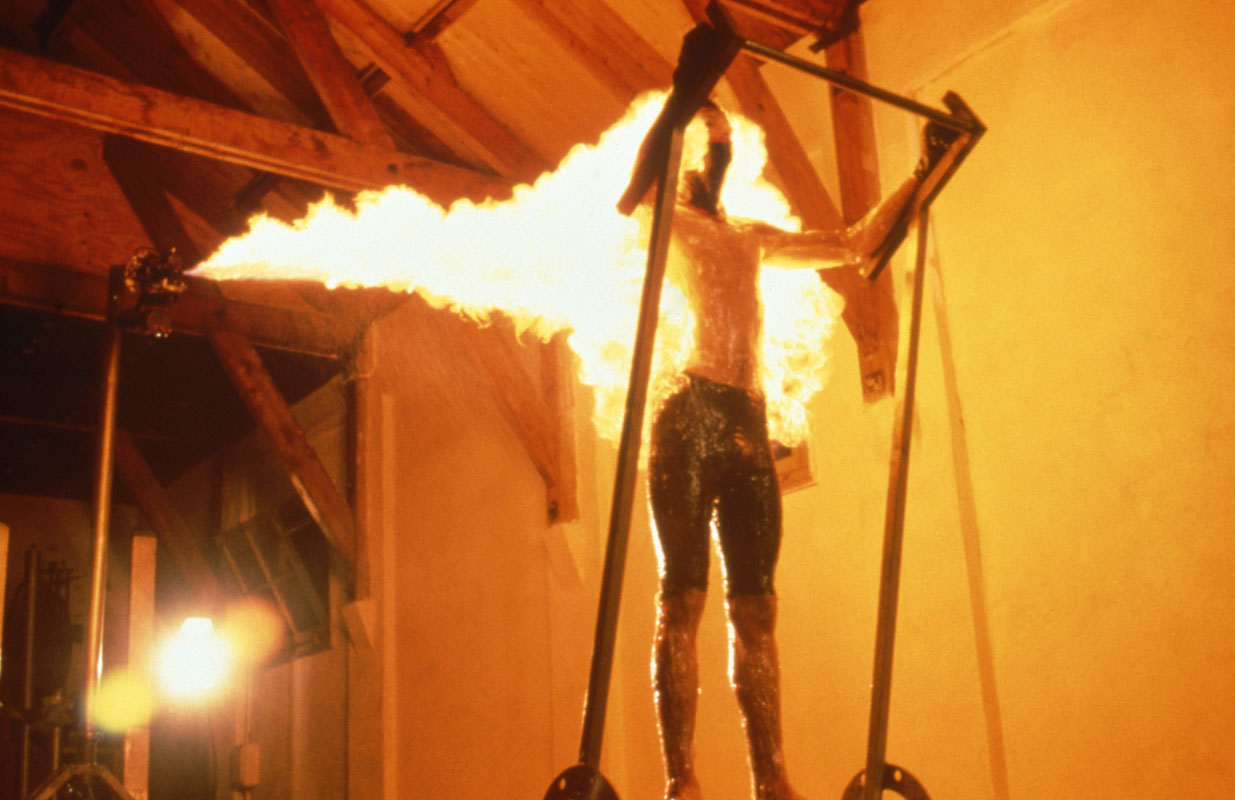
Media Art is the Message
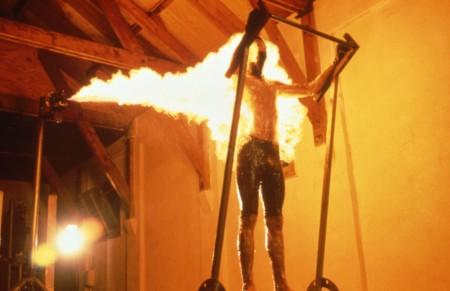
In 2013, future media pioneers like electronic music composer Dick Raaijmakers or artist Gerrit van Bakel might not have a chance anymore to inspire the broad public with their work. Unless you have been living under a rock, you probably know that the Dutch government is implementing a major cut in the funding of art and culture. Media culture is the fastest developing discipline, but receives the least funding of them all. To make a comparison: the dying art of reading paper books receives approximately 4.5 times more subsidy than e-culture.
But why should you care? Well, thanks to the cuts the internationally praised Nederlands Instituut of Mediakunst and V2 Institute for Unstable Media might disappear.
written by Laura Graat and Renee Schmeetz
It is also unforgivable to pretend that the art world is still living in the 1960’s. Media art is the only discipline able to respond promptly to the changing society and the problems that come with it. Take for instance Julian Assange, enabling whistle blowers worldwide through wikileaks, or the Arab Spring blooming because of social media. The ability to react to shifts in society is one of the basic virtues of art and media art seems to be better and quicker at replying to these changes than visual arts.
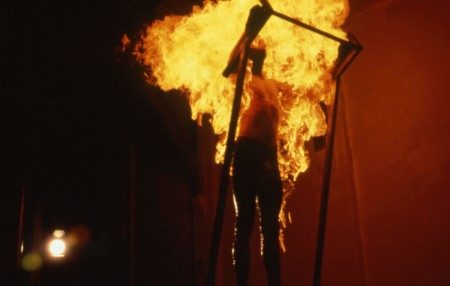
Some media artists explore the possibilities of technology, while others use it to criticise society. One of the latter, is Erik Hobijn, rebel with a cause: “I experiment with my thoughts about people, their behaviour and themes that affect me. I had and still have enough of structures of organisation in the art world because I can predict how their processes play out”. Hobijn’s suicide machine is equally exciting and controversial. The machine, called Delusion of Self Immolation, which is now retired enabled Hobijn to burn people in various degrees. DSI was developed in the liberal 1990’s, but could never have been developed now, as Hobijn says: “Now we live in the era of good taste and taste is per definition conservative.”
Hobijn will exhibit his DSI machine experience as a projection at STRP Festival, which is paying tribute to fifty years of media art. This influential piece of art is no longer allowed to be performed. The festival, which has grown from 8000 visitors in 2006 to 30.000 in 2010, wants to give you another opportunity to view revolutionary artworks like Dune from Daan Roosegaarde and Spatial Sounds from Marnix de Nijs and Edwin van der Heide. This is your chance to experience the importance of media art yourself.
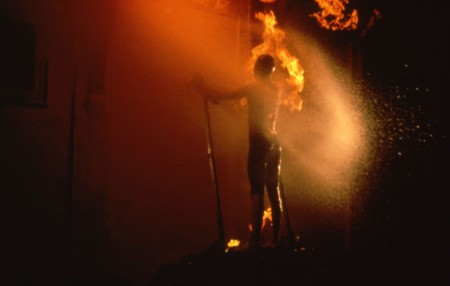
On a brighter note, there are also people advocating and supporting this discipline. On US crowd-funded platform kickstarter.com plenty individuals are giving financial support to enable media arts.
In Eindhoven the government does see the importance for art and technology in the future and is planning a media museum on Strijp S called ‘Volt’. To make this project happen, 25 million Euro are needed, but money doesn’t seem to be an obstacle. Visit the STRP Festival and be inspired by a new media revolution from 18 – 27th of November, expo is open everyday (except Monday!).
Laura Graat en Renee Schmeetz write under the name of Department of Doing -a marketing & communication office for the cultural sector- providing blogs for the STRP Festival 2011.
visit the website:
STRP Festival

